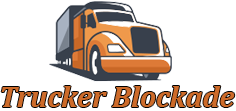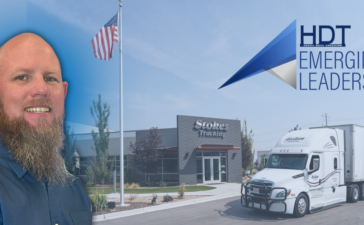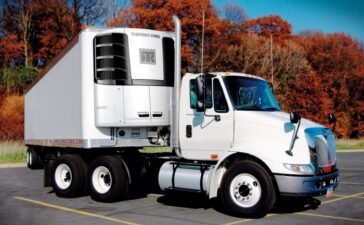Ontario is taking a step toward modernizing its transportation sector by introducing a new Automated Commercial Motor Vehicle (ACMV) Pilot Program. This 10-year pilot, proposed under the Highway Traffic Act (HTA), aims to test automated commercial vehicles on Ontario roads before the province makes a decision on the wider rollout of autonomous trucks across the province.
The program, which applies to trucks weighing more than 4,500 kgs, builds on the success of the 2016 Automated Vehicle Pilot Project, which focused on non-commercial vehicles. The ACMV pilot will focus on evaluating the capabilities and safety of heavy-duty commercial vehicles with Levels 3, 4, and 5 automation.

Throughout the 10-year pilot, the Ministry of Transportation (MTO) says it will collect and evaluate data from on-road testing of ACMVs, engage stakeholders, and amend the pilot framework as necessary.
Fleets interested in participating must submit an application to MTO for approval. Participants will be required to operate exclusively on MTO-approved routes and avoid causing damage to highway infrastructure, such as curbs, lights, or other highway fixtures since a carrier will be liable should any damage to the infrastructure occur. Additionally, ACMVs in the pilot will not be allowed to carry dangerous goods that require placards, and they must not carry livestock or special provision loads.
Stream 1 & Stream 2 testing
The ACMV pilot uses a structured, phased approach for testing vehicles with varying levels of automation, the province says. In Stream 1 (Level 3), vehicles can operate autonomously under limited conditions, but a driver must be present to intervene if necessary. Stream 2 (Levels 4 and 5) involves testing vehicles capable of full autonomy, where Level 5 vehicles can operate without human intervention in all conditions.
According to the proposal, all initial testing will be supervised, requiring a driver to be present. As the pilot progresses and safety benchmarks are met, the program will eventually allow for driverless testing.
Participating carriers will need to provide extensive data and reports to ensure the safety of both the automated vehicles and other road users. They will also have to demonstrate compliance with all relevant commercial motor vehicle rules and regulations under the HTA, including those typically applicable to drivers.
Before any fully automated, driverless testing begins in Stream 2, participants must first demonstrate safe operation in driver-supervised testing in Stream 1.
Operational safety
Safety remains a top priority for the ACMV pilot, the province claims, with rigorous conditions for participation, according to the proposal. Vehicles will operate on designated MTO-approved routes and comply with existing road safety laws, including speed restrictions and inspections. A general restriction will require ACMVs to travel in the right-most lane of the highway where feasible.
Local municipalities play a role in ensuring road safety, too. MTO will consider any evidence-based restrictions recommended by municipalities, particularly if they are the local road authority. These restrictions can be related to specific times, locations, or other safety concerns, especially in high-traffic or sensitive areas.
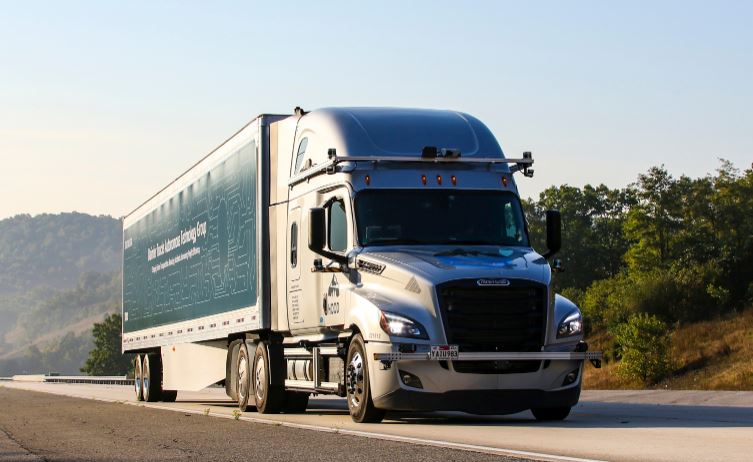
For example, if restrictions are imposed in Stream 1 driver-supervised testing, MTO may require the vehicle to return to manual control when passing through certain sections of the route. For driverless testing, MTO would not allow the automated vehicle to operate in areas where restrictions are in place. If testing passes through multiple municipalities, the driverless operation might be approved for Municipality A, where no restrictions are imposed, but once the vehicle enters Municipality B, where restrictions apply, a driver will need to be on board to supervise.
Carrier and driver qualifications
To qualify as a carrier for the pilot, participants must meet one of three sets of criteria. First, a carrier must have been operating for at least two years with a “Satisfactory-Unaudited” safety rating and must partner with another carrier with at least five years of experience and a similar safety rating.
Another option is for a carrier to have been in business for at least three years with an “Excellent-audited” safety rating. Lastly, a carrier that has been operating for five years or more with a “Satisfactory-unaudited” safety rating can also qualify.
Carriers also must maintain a minimum of $10 million in public liability insurance, and the MTO may request supporting documents to verify qualifications.
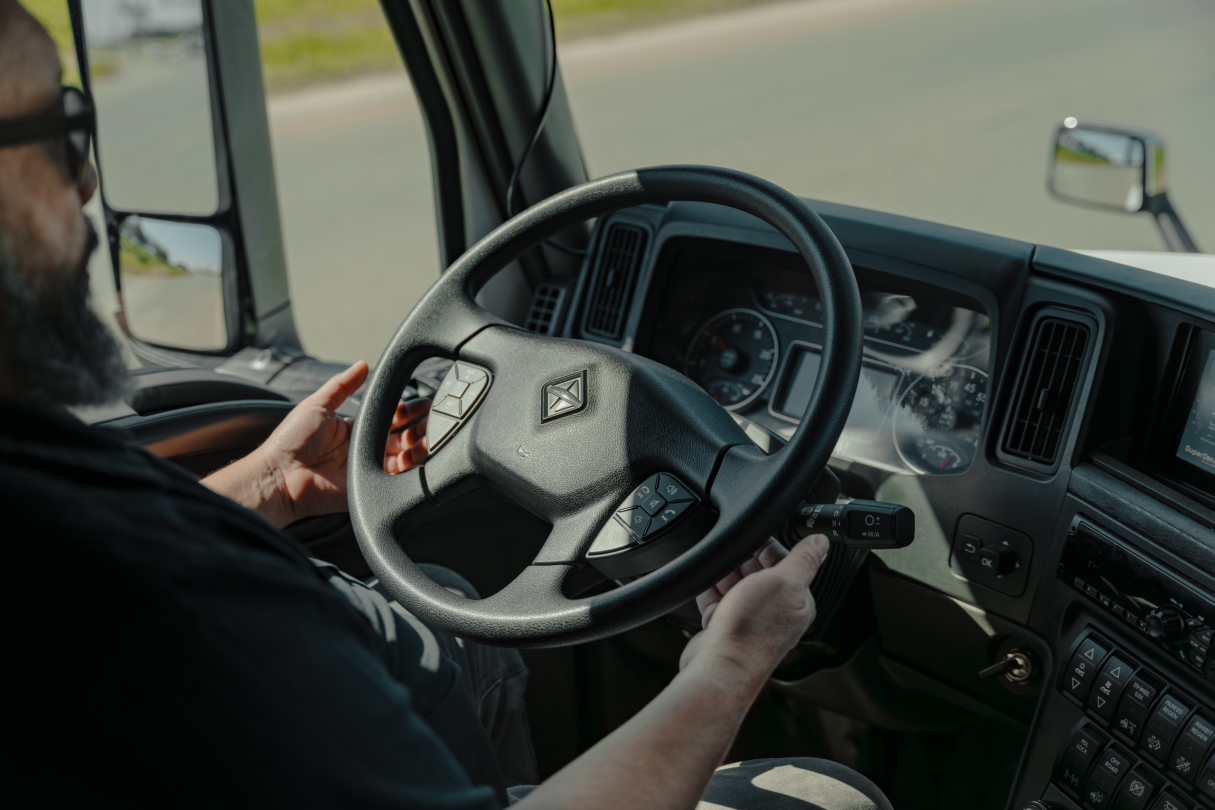
Meanwhile, divers participating in the program must have the necessary training to operate automated commercial vehicles safely. The driver’s licence must be appropriate for the type of vehicle they’ll be driving, which could be a Class A, B, C, or D licence, and they’ll need a Z (air brake) endorsement if applicable.
Experience counts, too – drivers must have at least five years of relevant experience in commercial driving. Their driving record must be clean, with no driving-related Criminal Code convictions in the past 36 months, no more than one moving violation in the last 12 months, and no more than two moving violations in the past 36 months.
Where you can test
Testing will only be allowed on MTO-approved routes, and carriers will need approval from the MTO for each test. Participants must provide details on where, when, and how testing will occur, including specific roads, times, and the weather conditions the ACMV is designed to handle. If testing occurs on municipally controlled infrastructure, carriers must coordinate with local road authorities and submit a plan detailing how the automated vehicles will interact with work zones and first responders.
ACMVs must also report to truck inspection stations or other vehicle inspection facilities just like traditional commercial vehicles.
Data collection
Throughout the pilot, the MTO will closely monitor the performance of the ACMVs. Participants must record and retain detailed data from each test, which includes information about the drivers and assistants, 360-degree video footage, GPS data, vehicle speeds, and the conditions under which the vehicle is operating. Whether the vehicle is being manually operated or is in automated mode must also be recorded. This data will need to be retained for two years and provided to the MTO upon request.
Annual reports will also be required from participants, covering testing routes, safety events, system failures, and any unusual incidents. The goal is for the MTO to assess how ACMVs are performing in real-world conditions and to use this data to inform future decisions about automated vehicle technology in the trucking industry.
For more details on the conditions, qualifications, and restrictions, see the official proposal. Ontario is inviting industry stakeholders to submit their comments and suggestions until Nov. 14, 2024.
